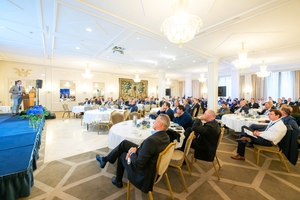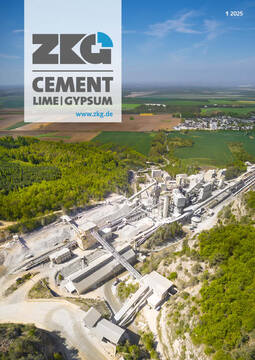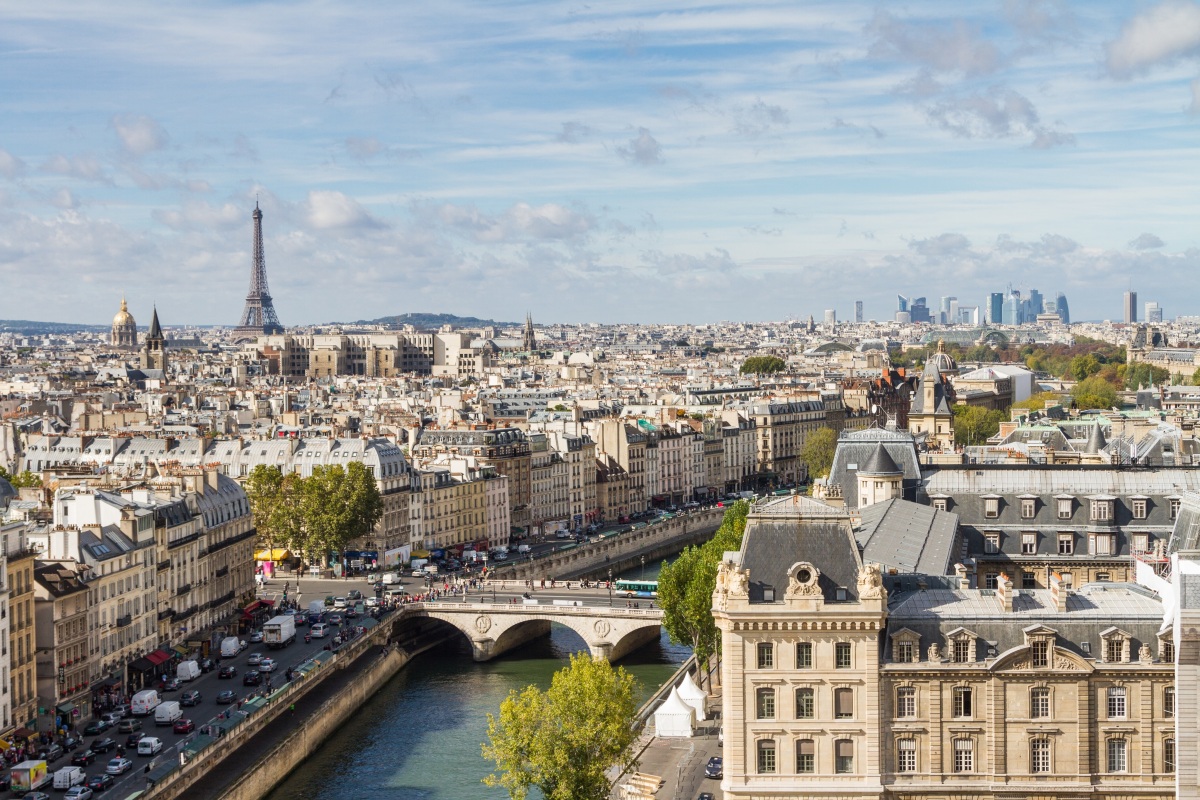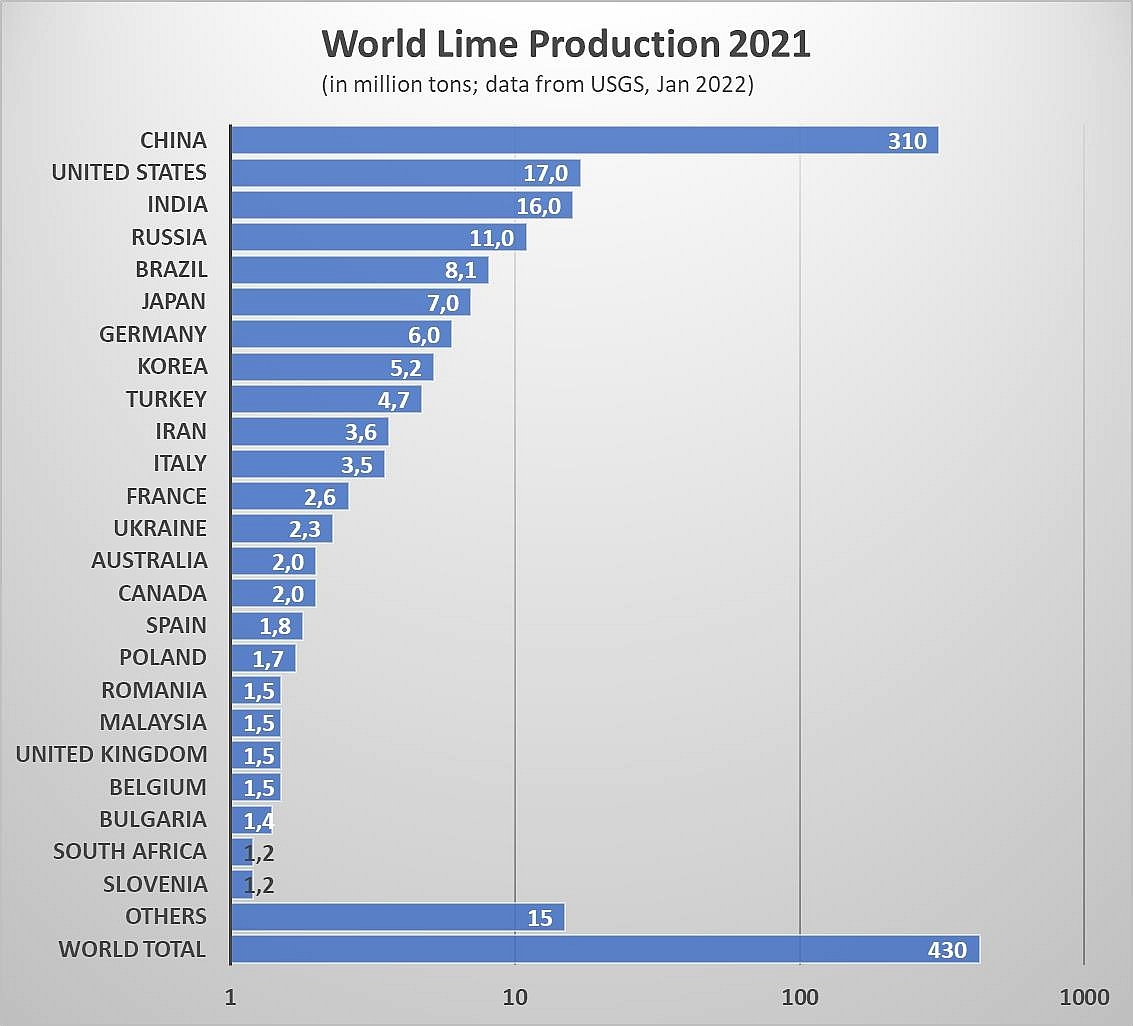Focus: Occupational safety and future-oriented technical solutions ILA General Assembly & Symposium 2024 in Oslo/Norway
The Annual General Assembly & Symposium took place in Oslo/Norway from October 8-11, 2024. A diverse range of topics was on the program. The Oslo symposium covered the topics “Health & Safety” with Pernille Thau from Human House as chair, as well as “Climate Energy” with Bruno Gerrits from the Global CCS Institute. 16 lectures, round table discussions and an excursion to the village of Brevik southwest of Oslo completed the program.
This year’s field trip took the group to the village of Brevik southwest of Oslo, where Heidelberg Materials operates a Carbon Capture & Storage facility. Vetle Houg, Managing Director Cement Norway, Heidelberg Materials, provided exclusive insights into this interesting and very important topic for the industry. The trip was supported by further interesting presentations on the subject of Carbon Capture & Storage.
The number of participants at this year’s ILA event was also a record, with 166 participants from 29 countries coming together to exchange ideas, hear the latest news and network.
In addition to the lecture program, there was also an exhibition in which a total of 12 exhibitors presented their product portfolio and expertise: CM BIOMASS, Brüning Group, Albert Knoblinger GmbH & Co. KG, Maerz Ofenbau AG, QUALICAL, CIMPROGETTI SRL, Refratechnik Cement GmbH, FCT Combustion, PAL, M-Group, TENSENS SAS and Schwab All about lime.
On the first day, the program started in the afternoon with the ILA General Assembly 2024 for the members of the ILA and the ILA Overall Report, before the evening networking in the Hotel Rooftop Bar “Eight”. There was a clear sense of anticipation and excitement in the conversations about the topics of the next two days of the conference.
The next day, Klaus-Ruthard Frisch, ILA, welcomed the participants and introduced the program. The lecture program started with Symposium I: Health & Safety. This showed that occupational safety played a central role in Oslo and thus also demonstrated its importance for the lime industry. The keynote lecture “A higher prevention level on health & safety requires visible management commitment and execution”, given by Pernille Thau, Human House, showed that safety is a good investment and that management in particular must set an example for all employees.
The presentation by Sébastien Dossogne, Carmeus, “Creating a safer lime industry: A Call to Action” also proved that occupational safety has an impact on the success of the company. And it is present at all levels of a company, not just among the employees directly affected by hazardous situations. Statistics from recent years show a slight increase in the number of lost time incidents per working hours for 2023 for both the EULA and the NLA. He presented the possibilities of digital tools, such as the use of an app for all safety records & reports.
“When A.I. Meets Safety in the Lime Industry” showed an interesting approach, especially as nothing seems to work without AI at the moment, including in the health and safety sector. Raul Mora from QualiCal presented a system in which an AI automatically detects violations of occupational safety regulations and acts accordingly. The AI recognizes, for example, whether employees are wearing prescribed protective work clothing, are in danger zones, etc.
The first session of the morning ended with a round table discussion. The topic continued after the coffee break with the presentation of the ILA Health and Safety Award and a corresponding ceremony. The still young award has been presented since 2022. In 2018 the ILA joined the Global Initiative “VISION ZERO” for Safety, Health and Wellbeing at work, developed by the International Social Insurance Association (ISSA). In 2022 the ILA Health & Safety Award was celebrated for the first time in person with all award-winners, participants, jury members and several other ILA members. The participating companies have the simplest possible application process at their disposal. This also led to a steady increase in the number of submissions. Many interesting suggestions for improvement in the field of occupational safety were submitted worldwide. In 2024 alone, over 30 projects were submitted, which were assessed by an international jury. The prize is awarded in three categories: Prevention Culture, Technology and Health Prevention. The 2024 winners were:
Prevention Culture: Carmeuse, Americas
Technology: M-Group Germany
Health Prevention: Chememan Public Company Limited & Lhoist, North Americas.
In the afternoon, during Symposium II “Climate & Energy”, the highly topical subject of CCS was on the agenda, and the next day’s excursion was also dedicated to this topic. This is a challenge that all energy-intensive industries have to face, but especially the lime and cement industry, as the process-related CO2 is produced there regardless of the efficiency of the process. The keynote lecture “Global status of CCS in 2024” by Bruno Gerrits, Global CCS Institute, gave a comprehensive overview of the worldwide CCS and CCU projects, broken down by continent and country and according to the progress of realization of the respective projects.
In “Energy Efficiency & Carbon Sink Program at Cal & Cemento”, Bruno Ezio Belfiore showed how Cal & Cemento Sur S.A. (Peru) uses all the levers in lime production to achieve the lowest possible CO₂ footprint. Not only did the optimization of the firing process play a role here, but the creation of a special ecosystem that can absorb as much CO2 as possible was also implemented as part of the project.
What are nature-based solutions and how can they be used in the context of the industry‘s sustainability goals? In “Academic Study: The Relevance of NBS to embrace complementary net zero strategies”, Giordano Tintori from X4LIME explained possible strategies for the lime industry and especially for the net zero plan. The following three contributions by Patrick Kongsbak-Dahl, CM Biomass, Svenja Bätz, Brüning Group and Franz Bachinger, Albert Knoblinger GmbH & Co. KG, presented the use of sustainable energy sources in lime burning in the form of wood pellets and similar renewable substitute fuels.
This lecture block also included another presentation on the topic of fuels. In “Challenges and opportunities of using natural gas and hydrogen as main fuel in lime rotary kilns” by Ricardo Costa, FCT Combustion, the advantages, such as elimination of storage costs, no dust emissions, no ash, etc., as well as the disadvantages, such as poor luminosity of the flame, higher fuel consumption, etc., of using these gases as fuel were examined in more detail.
The last lecture block on this day was also dedicated to CO2 reduction, especially through CCS, but also through a lower CO2 footprint when choosing, for example, the refractory lining.
CCS is currently seen as the most promising way to achieve CO2 neutral production in the lime and cement industry. But CSS itself also requires energy, all the more so the lower the CO2 content in the exhaust/combustion gas. In his presentation “Adaptive decarbonization solutions based on cryogenic technology,” Jörg Ott from Air Liquide presented the various techniques for capturing CO2 and also discussed the optimum working range in terms of CO2 content. He then presented the two processes CryocapTM FG technology (for 15% to 50% CO2 sources) and CryocapTM OXY technology (for 50% to 95% CO2 sources) in more detail.
“10000 households consume as much as natural gas as a conventional 600 t/d PFR kiln,” stated Patrick Bucher from Maerz Ofenbau AG. And an amine scrubbing plant requires just as much energy (thermal heat consumption 990 kWh/t CO2). Bucher presented two different scenarios in his lecture “Lime Production in Transition -From Traditional Shaft Kilns to CO2 Capture with Maerz EcoKilns®”: Maerz PFR kiln operating with oxyfuel and the Maerz EcoKiln® in full Eco Kiln mode, analyzed the energy consumption during operation as well as during the subsequent CO2 capture and other operating parameters.
In “Cimprogetti roadmap for design, research, and innovation”, Valerio Colombari from Cimprogetti once again summarized the three possible levers for CO2 avoidance: Energy & process optimization, fuel switching and carbon capture. In the course of the presentation, he systematically went through the individual steps and new developments.
The refractory lining of the furnace also plays a not insignificant role in the search for CO2 reduction possibilities. In “Refractories contributing to reduce the CO2 footprint”, Mark Filippich from Refratechnik Cement GmbH presented the REFRATECHNIK ES series. The emission and energy savings lead to 24 – 40% heat loss reduction through a patented microstructure of the refractory bricks with a simultaneous weight reduction of 5 – 10%.
After a final panel discussion, the lecture day was over and the evening left time for meetings with colleagues or a visit to Norway’s capital. The next day, the excursion was on the agenda, a real highlight of the event. The destination was the Heidelberg Materials plant in Brevik. A new CCS plant is currently being built there. This ultra-modern plant will be used to capture carbon dioxide emissions from cement production. It is an example of Norway‘s commitment to combating climate change and introducing innovative technologies for a greener, more sustainable future.
In addition to the tour of the plant, participants were offered a series of interesting presentations on innovative developments in the industry. These presentations showcased the latest developments and innovations in carbon capture and storage and provided valuable insights into sustainable technical solutions. Vetle Houg, General Manager of Heidelberg Materials Norway), gave exciting insights into the business model of Heidelberg Materials and the CCS plant in Brevik.
Hanne Markussen, CEO of the host ILA member Franzefoss, and Lars Strøm, Chief Project Manager of Ocean GeoLoop, reported on their collaboration. Lars Strøm presented Ocean GeoLoop’s post-combustion carbon capture technology - “Carbon Capture by Nature” for the industrial capture of CO2. In doing so, they focus on natural processes and thus avoid environmentally harmful chemicals.
With their presentation “SLB Capturi - Impact at scale”, Simon Crawley-Boevey, Technical Sales & Study Manager, and Henke Erichsen, Site Manager Brevik CCS, from SLB Capturi, a joint venture between SLB and Aker Carbon Aker Carbon Capture, discussed their involvement and impact at Heidelberg Materials.
In addition, the organizers were able to win the climate tech startup Planeteers from Germany for a presentation. Planeteers offers a future-oriented solution for capturing and storing CO2 with the help of the oceans, the largest carbon sink on earth. With his presentation “Lime Industry & Planeteers: Our joint path to negative CO2 emissions,” Frank Rattey, CEO, provided information about the development and the latest joint projects with the lime industry as well as an outlook on the development in the coming years.
After this eventful day of excursions, another highlight was on the agenda. The ILA had invited to an unforgettable private dinner at the famous Fråm Museum in Oslo.
In the magnificent halls of the Fråm Museum, the guests were surrounded by the remarkable heritage of the ship Fråm. This legendary ship holds a special place in maritime history, having played a crucial role in polar exploration in the late 19th and early 20th centuries. Commissioned in 1891, the Fråm was specially designed to navigate through treacherous icy waters. Under the leadership of Fridtjof Nansen and Roald Amundsen, for example, the ship undertook unprecedented expeditions to the Arctic and Antarctic regions. During this impressive evening event, as well as during the entire ILA General Assembly & Symposium, there were many opportunities for professional exchange, for discussing new ideas and for experiencing technically sound and forward-looking presentations. All in all, it was a very successful event.
The ILA General Assembly & Symposium 2025 will take place from October 14-17, 2025 in Sydney/Australia.








